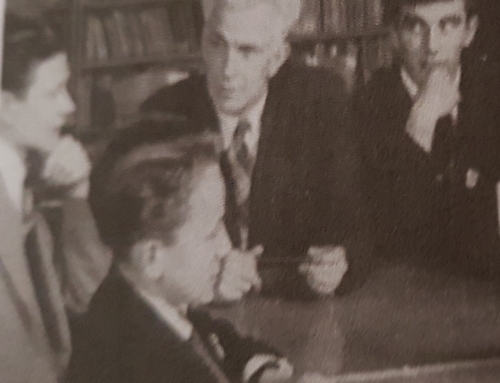“In West Kent where I am a head teacher there are 7 grammar schools, all single sex, and 10 non-selective schools. In the selectives there are 31 on Free school meals, the standard measure of social disadvantage, and in the non selectives there are 688. This clearly proves that 11 plus selection is actually social and economic selection, and it debunks the argument often advanced that grammar schools ‘rescue’ children from poor backgrounds and offer them an ‘escape’ through good education. If they ever did that they are certainly not doing it now.
Self perception of children in selective areas who either did not take the 11+ or who failed it remains depressed for their whole educational career, regardless of their achievement subsequently. In my school I spoke with a year 13 student last year who had all A* and A grades for GCSE, and who was predicted to get 3 As at A Level. When I suggested to him that he apply for a place at Oxford or Cambridge, he was hesitant and ultimately ruled it out, citing the fact that he had not done the 11+ as a reason.
The 11+ causes social and family division. Curiously in selective areas non-selective schools have a very high incidence of twins, because parents want them to go to the same school, and often with identical twins one is likely to pass the 11+ and the other not, and with non-identical twins of different sex, coeducational non-selectives are the only option as most grammar schools are single sex. Many families are torn apart by different siblings passing and failing the 11+.
In my own village the grammar schools are in one direction and the main secondary moderns are in the other. Thus youngsters wait on different sides of the road for buses to their schools, on the one side in their blazers and ties, and on the other in their polo neck shirts and sweat shirts, often hurling insults at each other – the grammar school boys’ favourite insult is ‘chav’ and the insult hurled in the other direction is ‘snob’.”





